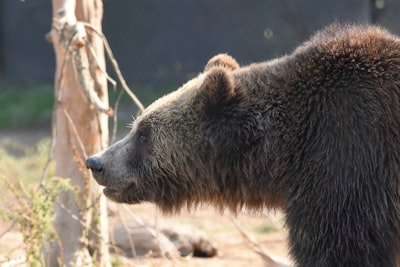Summary
On July 12, 2025, the Hokkaido prefecture in Japan issued its highest-level brown bear warning for the first time, following the fatal mauling of a newspaper deliveryman in the town of Fukushima. The unprecedented alert—implemented since 2022 but never before used at its highest level—comes after the 52-year-old man was found dead with extensive bite and claw injuries, reportedly attacked near a local residence and dragged into nearby bushes. Authorities are searching for the bear, which failed to flee when confronted, and are urging the public to remain vigilant, avoid nighttime outings, and keep food waste secured. The alert remains in place for a month or until the bear is found and killed.
Analysis
This incident, while deeply tragic, echoes a growing pattern of human-wildlife conflict, particularly involving bears in Hokkaido. The introduction of a tiered alert system in 2022 reflects not only increasing incidents but mounting public concern over safety. The fact that the highest level has now been triggered signifies a new operational reality: human settlements are no longer sanctuaries from wildlife, and traditional boundaries are eroding.
A confluence of factors likely contributes. Climate change, habitat fragmentation, and declining natural food sources drive bears closer to towns in search of sustenance, particularly if waste is inadequately managed. The fact that this attack occurred near a residence at night, and the bear did not retreat when startled, suggests a level of habituation to human presence—a dangerous trend. While local authorities are acting swiftly, the focus on hunting and killing the bear raises ethical concerns and may obscure the need for broader, systemic solutions.
Discussion
This warning serves as both a concrete safety measure and a symbolic alarm bell. Human-wildlife conflict is intensifying not only in Hokkaido but globally, from mountain lions in North America to elephants in South Asia. The complexity of these encounters demands nuanced discussion:
- Why now? Is there something distinct about current ecological conditions in Hokkaido (e.g., weather patterns, food shortages) driving the bears closer?
- Prevention vs. Reaction: Are current measures—primarily reactive and lethal—missing opportunities for prevention, such as more robust waste management, public education, and non-lethal deterrents?
- Changing Relationships: As rural depopulation and land use changes reshape the Japanese countryside, will human-bear encounters become more frequent? What should coexistence look like?
Ultimately, this incident is a stark reminder of our interdependence—and friction—with the natural world. There is an urgent need for communities, local governments, and wildlife managers to invest not only in public safety, but also in ecological health, conflict mitigation, and informed, compassionate responses that go beyond immediate retribution. The questions raised in Hokkaido are just as pressing in other regions where human and wildlife paths now cross with growing regularity.

Comments
No comments yet. Be the first to comment!